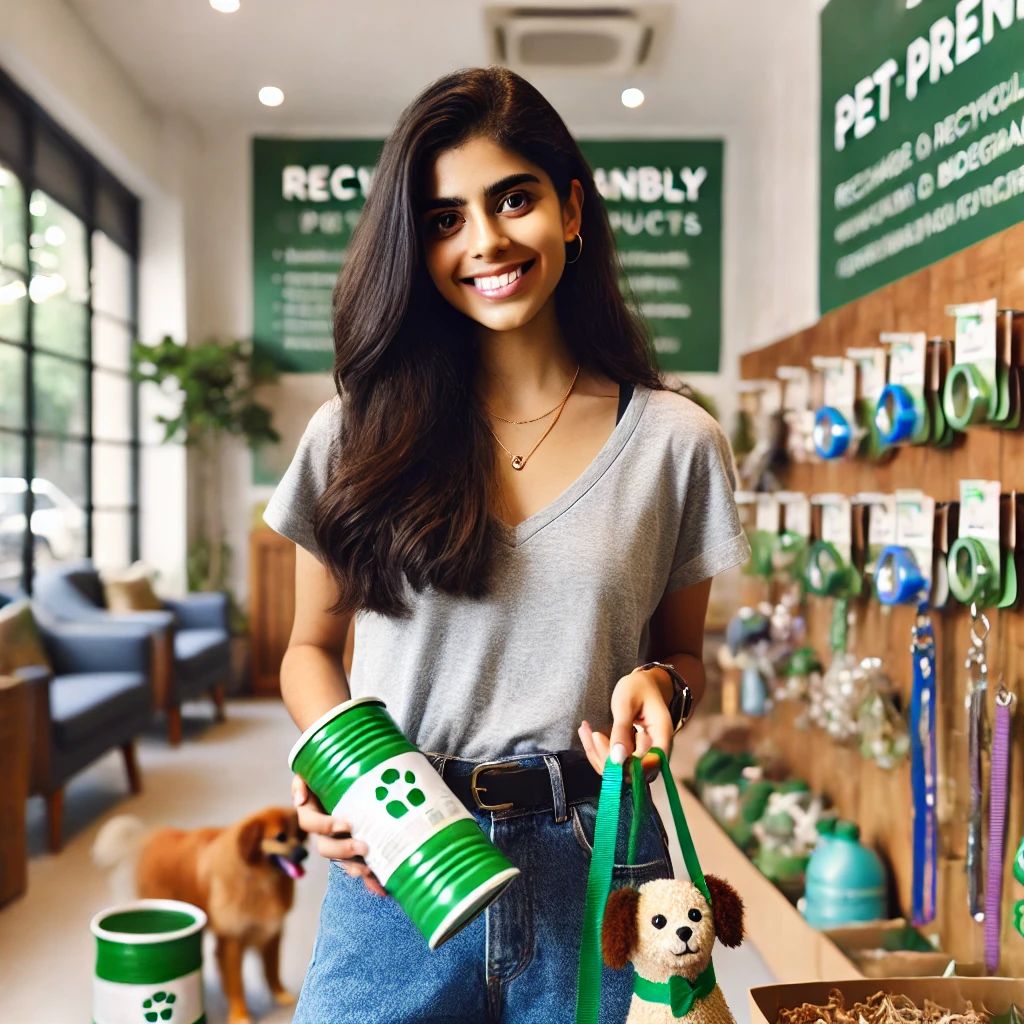
ECo-FRIENDLY PET PRODUCTS
Share
Sustainable Choices For Happier Pets
The Importance of Sustainability in Pet Care
Our pets are family, and we want the best for them. But what about the planet they – and we – call home? Traditional pet products often rely on unsustainable materials and manufacturing processes, contributing to environmental problems. Embracing eco-friendly pet products is a step towards responsible pet ownership and a healthier planet. From reducing waste to conserving resources, sustainable choices can make a significant paw-sitive impact.
The Environmental Impact of Traditional Pet Products
Consider the sheer volume of pet products purchased globally each year. Traditional plastic toys end up in landfills, synthetic fabrics in bedding contribute to microplastic pollution, and mass-produced pet food often relies on environmentally damaging agricultural practices. Even disposable grooming supplies add to the waste stream. These seemingly small choices accumulate, leading to a considerable environmental footprint. By opting for eco-friendly alternatives, we can minimize our pets' contribution to pollution and resource depletion.
Benefits of Eco-Friendly Alternatives
Sustainable pet products offer a multitude of advantages:
-
Reduced Environmental Impact: Less waste, lower carbon footprint, and conservation of natural resources.
-
Safe For Pets: Eco-friendly products often avoid harmful chemicals, dyes, and materials that can be detrimental to your pet’s health.
-
Durable And Long-Lasting: Many sustainable pet products are designed for longevity, reducing the need for frequent replacements.
-
Support Ethical Businesses: Choosing eco-friendly options often means supporting companies committed to fair labor practices and sustainable manufacturing.
Specific Examples of Sustainable Pet Products
Here are some eco-friendly alternatives to traditional pet products:
-
Toys: Opt for toys made from natural rubber, recycled materials, organic cotton, or sustainable wood. Avoid plastic toys that can break easily and end up in landfills.
-
Bedding: Choose beds made from recycled fabrics, organic cotton, or natural fibres like hemp. Look for filings made from recycled plastic bottles or kapok (a natural fiber).
-
Food: Select pet food brands that prioritize sustainably sourced ingredients, reduce packaging waste, and use eco-friendly manufacturing processes. Consider options with responsibly raised meat or plant-based alternatives.
-
Grooming: Use shampoos and conditioners made with natural, biodegradable ingredients. Choose bamboo brushes and combs, and opt for reusable grooming wipes.
-
Waste Disposal: Use biodegradable or compostable pet waste bags instead of plastic bags. Consider composting pet waste (check local regulations).
Tips for Choosing Green Pet Products
Navigating the world of eco-friendly pet products can be overwhelming. Here are some tips to help you make informed choices:
-
Look For Certifications: Seek out products with certifications like USDA Organic, GOTS (Global Organic Textile Standard), or EcoCert.
-
Read Labels Carefully: Pay attention to the materials used and manufacturing processes.
-
Choose Durable Products: Invest in high-quality, long-lasting items that won't need to be replaced frequently.
-
Support Sustainable Brands: Research companies that are committed to environmental responsibility.
-
Consider Second-hand Options: Explore thrift stores or online marketplaces for gently used pet products.
How Pet Owners Can Make a Positive Difference
Every small change counts. By consciously choosing eco-friendly pet products, you can significantly reduce your pet's environmental paw-print. Encourage other pet owners to adopt sustainable practices, and support businesses that prioritize environmental responsibility. Together, we can create a greener, healthier future for our pets and the planet.
Next Steps
Ready to start your eco-friendly pet care journey? Here are some actionable steps you can take today:
-
1. Assess Your Current Products: Identify areas where you can switch to sustainable alternatives.
-
2. Research Eco-Friendly Brands: Explore brands that align with your values.
-
3. Make Small Changes: Start with one or two eco-friendly swaps and gradually expand your efforts.
-
4. Share Your Knowledge: Encourage other pet owners to embrace sustainability.
-
5. Stay Informed: Keep up-to-date on the latest eco-friendly pet product innovations.
